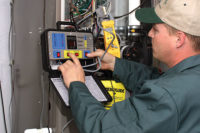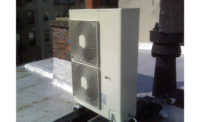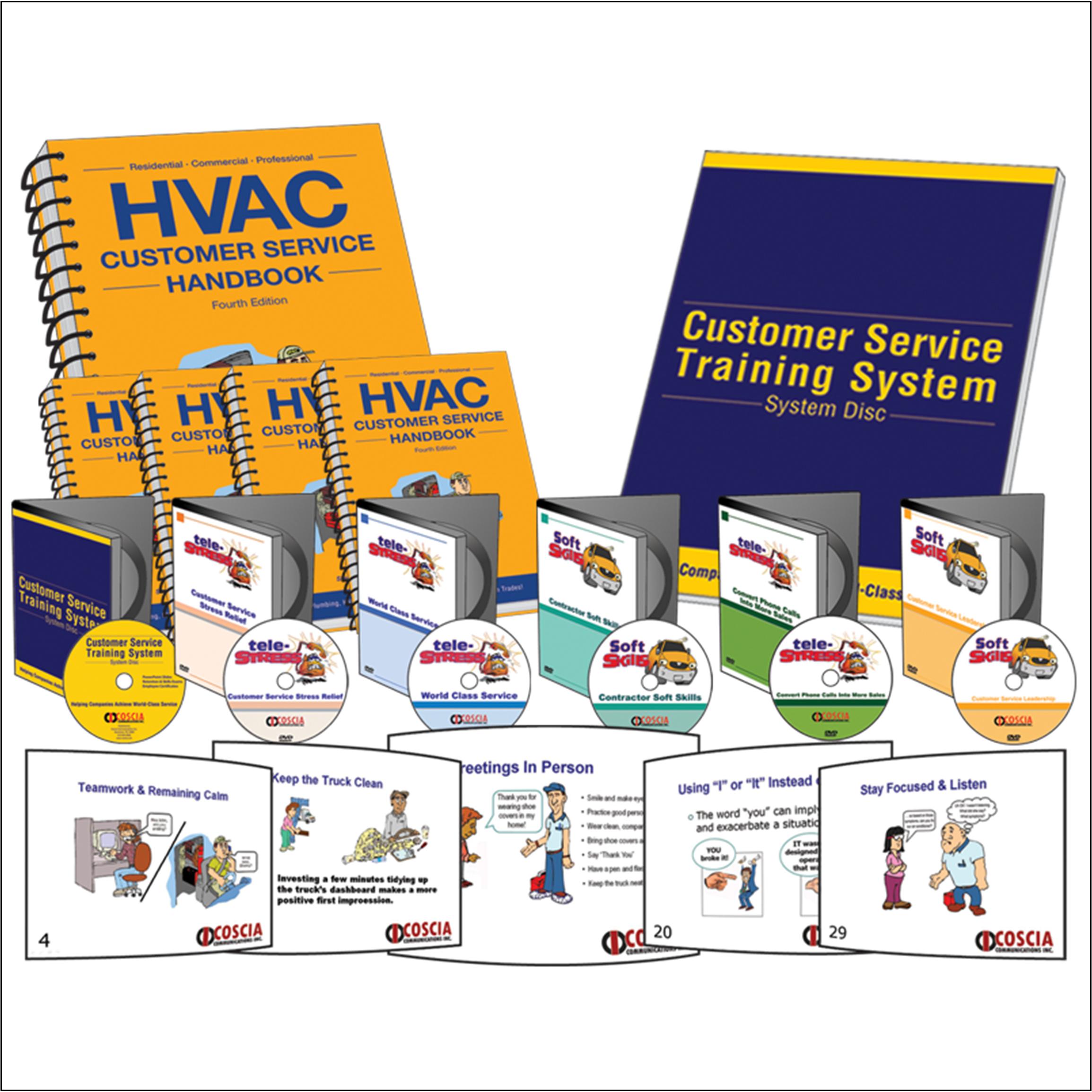Every contractor in the industry, however, is not experiencing this majority interest. In fact, some have found that for different reasons, some of their customers are not interested at all. Overcoming customers’ objections or apathy to renewable may be easier if contractors understand why they object and then develop a strategy based on some of their fellow contractors’ experiences. The NEWS talked to some contractors to help do just that.
It’s Not About Me
One misconception from consumers, according to the NMI study, is that renewable energy is perceived as a benefit for the environment and not necessarily a direct benefit for the customer. The testimonials that Rich Morgan, president of Magic Touch Mechanical Inc, Mesa, Ariz., receives helps dispel some of this misunderstanding. “We get high praises, letters, testimonials, and online reviews constantly from people raving about how much money they are saving with their renewable energy install … how impressed they are … and how they wished they would’ve done this sooner, etc,” he said.
I Never Knew That
Although aware of renewable energy, many consumers are not aware of the local programs and incentives that are available to them. NMI reports that 1 in 6 consumers are, “aware of the green power options provided by their electrical suppliers, although approximately half of consumers have options available to them.”
Contractors The NEWS talked to described their customers as inquisitive and curious when it came to renewable energy, but affirmed that actual understanding is limited to a few clients.
“I would say less than 10 percent of customers initially call about renewables, yet about 25 percent of our entire business is geothermal heating and cooling,” said Travis Smith, owner and general manager of Sky Heating and Air Conditioning, Portland, Ore. “Once customers find out renewable is possible for them, many want it. Many also didn’t know that geothermal was possible on smaller lots with drilling or boring, or thought they needed to be near a volcano or pond. We come to the house and show them options that are accessible to almost any home on any size lot, regardless of location.”
Smith also explained that the 30 percent tax credits that many consumers don’t know about were helpful to his company’s geothermal business.
Not only is there a lack of understanding and knowledge of feasibility and local utility programs, some utilities make switching a difficult process. Corey Hickman is a contractor based in Hanover, Minn. As the owner of Comfort Matters, Hickman has experienced some tough sledding with the utility companies.
“The state of Minnesota has some fuel switch rules. One case I ran into on a commercial install was that Electric Co. A didn’t offer rebate programs for geothermal if the customer gets natural gas from Energy Co. A,” he explained. “It was something about if a customer now heats with natural gas from Energy Co. A, then Electric Co. A won’t promote the switch to electric. If a customer received his natural gas and electricity from Electric Co. A, the company would offer rebates because then they were not switching utilities.”
It’s Not a Necessity
For those who don’t need a renewable energy system, their reasoning is often price. For some regions of the country, the price of energy is low enough that the payback doesn’t make sense for the amount of capital investment required. For those who do need or want the renewable system, that initial investment can be lofty and the overall price point may be too much to swallow.
According to the NMI report, “Consumers are more price sensitive for renewable energy than in the past, mirroring an increased price sensitivity that NMI has observed across the green consumer landscape.”
Like the utility company challenge, different contractors are experiencing different price reactions from customers depending on the region. Outer Banks Heating and Cooling in Kill Devil Hills, N.C., has experienced some success with geothermal installs due to the tax credits that are in effect until Dec. 31, 2016, but Brain McDonald, Outer Banks’ general manager, is concerned that this renewable success could be short lived. Energy prices in his area make renewable more of a want than a must have.
“Unless our local energy costs go way up, renewable popularity will likely fade when the tax credits go away,” he said. “Our current power rates are 10.5 cents per kWh in the summer and 9.5 cents per kWh in the winter. And those numbers include fuel surcharges and taxes.”
The other side of the price reaction coin is often sticker shock. Fred Kobie’s customers in southwest Florida haven’t been very interested in or aware of renewable energy systems.
“There are very few people in our area that can afford to be interested because renewable energy is often attached to an expensive investment,” said the owner of Kobie Kooling Inc. in Ft. Myers and Naples, Fla. “It’s too easy to just replace what is there and it’s too hard to realize long term savings for a home owner who is struggling now.”
Kobie is in the middle of a renewable project of his own and can attest to the challenges of financing, tax credits, grants, rebates, and capital investments. He agrees that the overall investment of converting his private farm to a solar electric panel is worth it, but is frustrated at the bumps in the financing road that he continues to face; the same bumps that many contractors’ and their customers will face as well.
“The investment is worth the money after all the federal and state incentives, but the incentive programs are not fully funded and the speed at which reimbursement happens is slow and sometimes not at all,” Kobie explained. “That makes risking the tens of thousands of dollars to invest with the hope of the expense being recouped with rebates a very shaky risk.”
Let’s Wait and See
Because of the initial cost, lack of knowledge, lack of need, and many other reasons, though customers are ready to accept renewables, many are adopting a wait and see attitude about renewable energy solutions. Despite the understanding that they are a good thing for the environment, many consumers aren’t sure what renewable energy solutions really mean or if they should invest.
As for 10 years down the road, no one can tell exactly what will happen, but of the contractors The NEWS talked to, most agreed that if the tax credits expired after 2016 and energy costs don’t go up, the demand for renewable energy solutions would likely increase some due to natural growth, but not as quickly if the tax credits remained.
Find out what Angela is predicting for renewable energy solutions 10 years down the road. “Like” us on Facebook at www.facebook.com/achrnews and then look for “Renewable Predictions.”
Publication date: 8/27/2012









